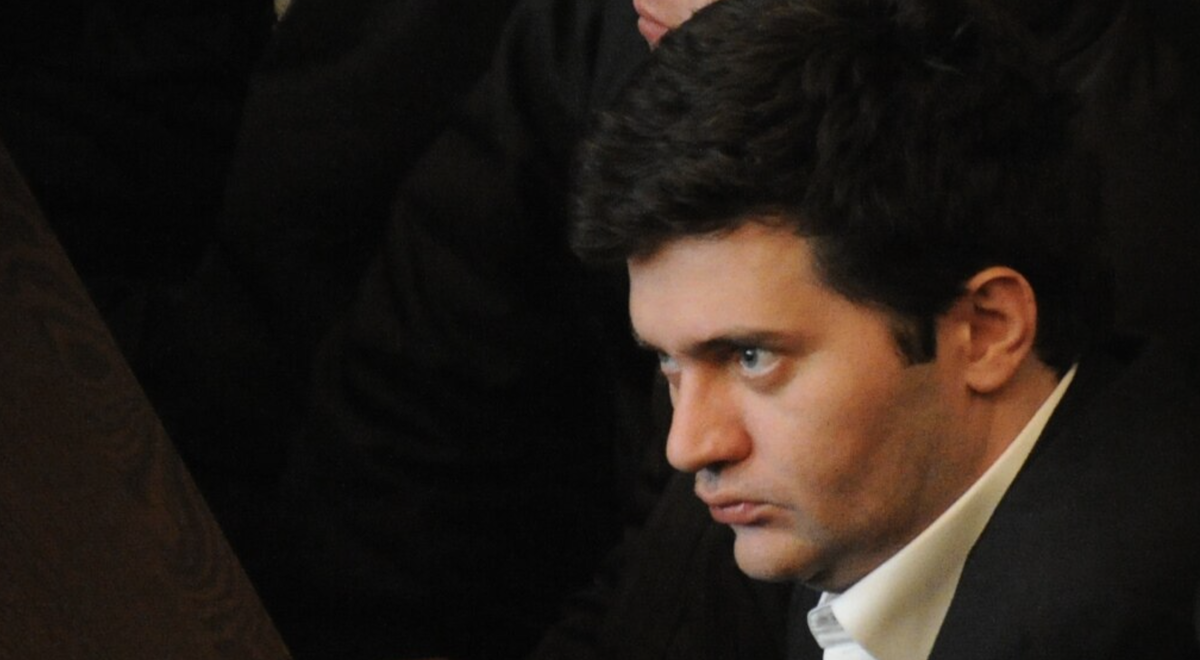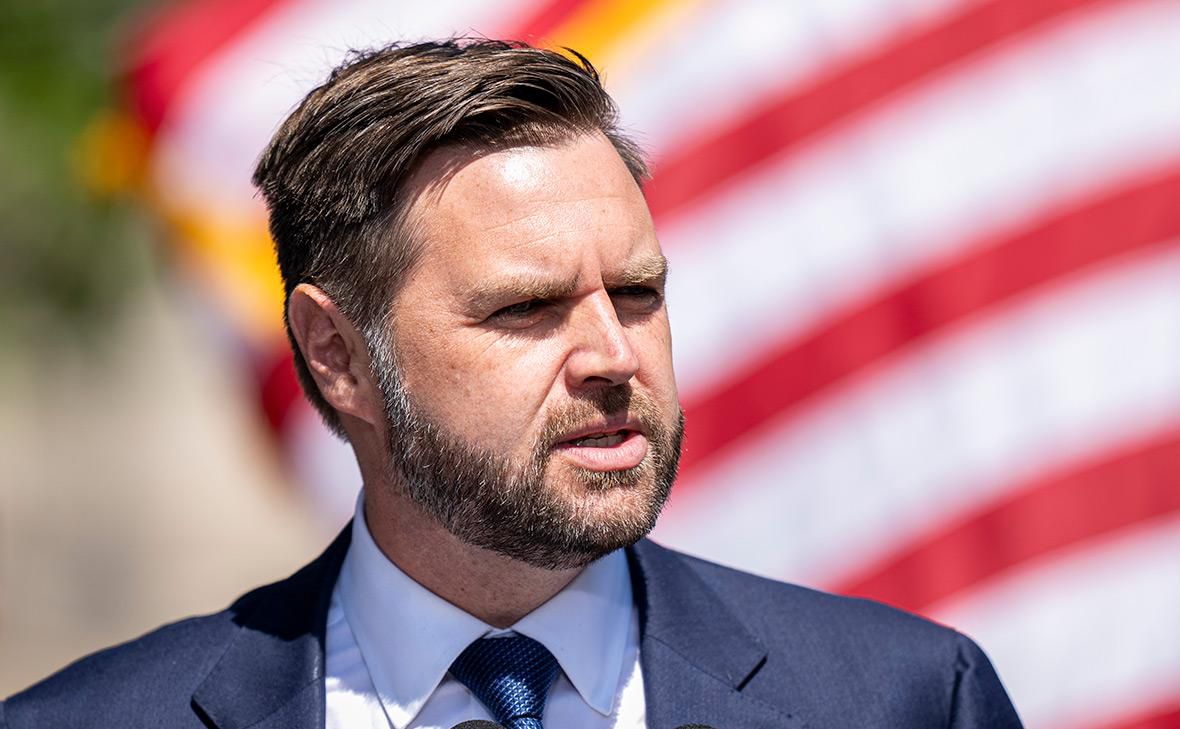Kursk: disaster, deceit and the Kremlin’s political lesson – 25 years since the submarine sank
Sinking of the Kursk submarine
Twenty-five years after the sinking of the nuclear submarine Kursk — one of the most tragic and politically significant disasters of post-Soviet Russia — many questions remain unanswered.
The official version, the closed criminal case, myths about a “NATO submarine” and the absence of anyone held accountable have made Kursk not only a symbol of government inaction and deceit, but also a turning point after which Russia began the systematic suppression of independent media and public oversight. Today, as the country once again lives under a climate of military secrecy and centralised propaganda, the story of Kursk is more than just a memory of a tragedy — it is a reminder of how disaster can be turned into a tool for consolidating personal power and rewriting the truth.
Based on a report by Novaya Gazeta Europe.
On 12 August 2000, the nuclear-powered submarine Kursk sank during exercises in the Barents Sea with 118 people on board. Almost the entire crew died instantly when a hydrogen peroxide training torpedo exploded due to safety violations. A second, more powerful blast tore apart the bow, but 23 sailors in the aft compartments survived. They sealed themselves in the ninth compartment and sent SOS signals for several days.
They could have been saved in the first 24 hours had Russia immediately accepted foreign assistance. But the command of the Northern Fleet and the navy deliberately hid the true situation from the country and from the president. Officials claimed they were “in contact” with the crew and that there was no threat to their lives. In reality, the navy lacked the equipment to carry out a rescue at such depths.
Vladimir Putin, who was on holiday in Sochi, believed the military and did not cut his trip short. Only on 16 August, four days later, did he agree to accept help from Norway and the UK. By the time foreign divers opened the hatch to the ninth compartment, all 23 sailors were dead.
Lies as a system
Kursk was the first disaster of the Russian navy to unfold in front of the nation in real time. False statements from the military created an “emotional rollercoaster” — from confidence that a rescue was imminent to the sudden announcement that “everyone died instantly.” The president initially repeated this version out of trust in the military, and later to protect his own approval ratings.
The investigation revealed a chain of negligence that led to the tragedy: an unprepared crew, disregard for safety procedures, and falsified maintenance records. Senior officers of the Northern Fleet bore direct responsibility. But in 2002, Putin closed the case without trial, sending those at fault into retirement “for other reasons.”
To deflect blame, naval commanders promoted a theory that Kursk had collided with a foreign submarine — a myth that persists to this day despite a complete lack of evidence.
Sounds from the seabed
On 13 August, sonar operators aboard the flagship Pyotr Veliky picked up SOS tapping from the Kursk. The sounds continued for three days, growing weaker each time. These recordings were inconvenient proof that sailors had survived long after the explosions. The official version insisted that all died within the first hours — otherwise, responsibility would fall on the navy command for delaying a real rescue.
Later, Admiral Vyacheslav Popov claimed the tapping came from a “NATO submarine” allegedly to blame for the disaster. Investigators found no such evidence, and the audio recordings were seized by the FSB.
A rescue in name only
At the time, the Northern Fleet had no functioning deep-sea rescue vehicles, diving systems or decompression chambers. Its rescue plan was limited to towing the damaged submarine — a scenario that did not account for flooding.
As a result, Mikhail Rudnitsky, the only operational rescue vessel, acted according to an unsuitable plan and reached the site only on the morning of 13 August. Without divers, the Priz and Bester submersibles were useless — they could not dock with the hatch. Nevertheless, television showed these attempts as a “battle to save” the crew, while fleet commander Popov blamed the weather and “cracks in the hatch.”
The contrast with the Norwegians was stark: their ships arrived on 20 August, and within a day divers had opened the hatch, confirming that all the survivors were dead.
Political consequences
The Kursk tragedy dealt a severe blow to the image of the new president. Independent media were harsh in their criticism of Putin’s inaction—most notably, a broadcast by Sergei Dorenko on ORT accused the president of lying and “bribing” the families of the deceased. He was soon fired, and media tycoons Boris Berezovsky and Vladimir Gusinsky lost their media empires.
Putin’s key takeaway from Kursk wasn’t naval reform but the need to control information. After 2000, the Kremlin systematically brought television and major media under its control.
The turning point
In a private conversation with Bill Clinton a month after the disaster, Putin said “the entire crew died within 60–90 seconds,” even though by then it was known that messages from survivors existed. This shows the decision to bury the truth was made almost immediately.
For a quarter-century, myths about Kursk have persisted, and the real culprits remain unpunished. But for the Russian authorities, the tragedy marked a turning point—ushering in an era where independent institutions and free press are seen not as partners, but as threats to be neutralised.
Exchange


















